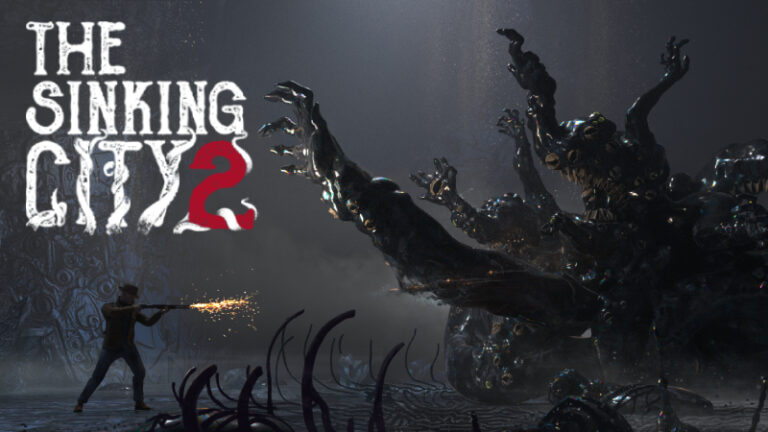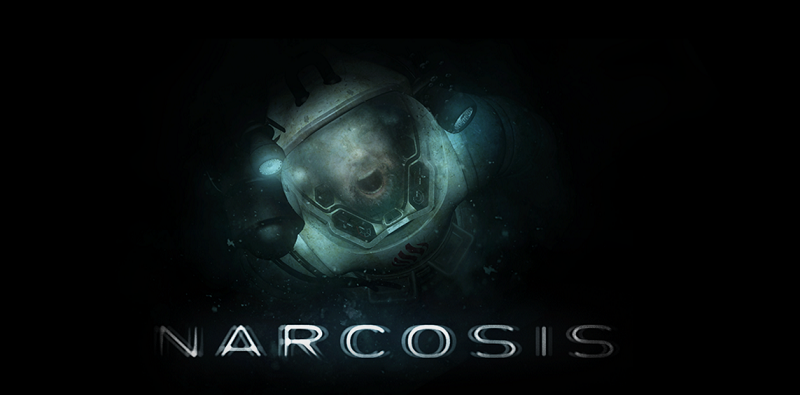
I never really thought too much about the ocean floor being a place to fear until I played SOMA. In the past, I poked fun at former Rely on Horror editor Zack for admitting to being afraid of Ecco the Dolphin and its deep sea adventures. In SOMA, I felt my first tinge of dread from the dark unknown of the ocean. With Narcosis, a new VR psychological horror game, I finally understood what was so terrifying about the abyss.
Narcosis sets a familiar stage: you play as someone stranded in an isolated location with dwindling time and resources. In your fight for survival, your mind begins to play tricks on you. Memories and internal monologue act as the game’s narrative – think Dear Esther-style recollections of the past, with the protagonist reminiscing on life events while making his way toward escape.
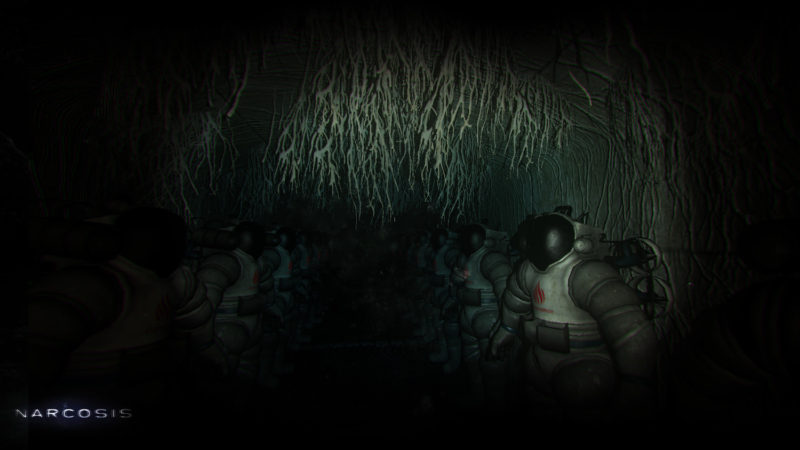
Mechanically, the game is fairly simple, falling somewhat into the walking sim genre of horror games. There are some offensive abilities like warding off sea creatures with a knife, but this feels understated when compared to the focus of the narrative. Players must maintain their oxygen levels by simply collecting small capsules littered across the environments, which range from underwater research facilities to the depths of the sea floor. Environmental scares cause the protagonist to breathe harder, wasting more oxygen. I’m not quite sure how players can smartly conserve their oxygen from scares based on my limited time with the demo, though.
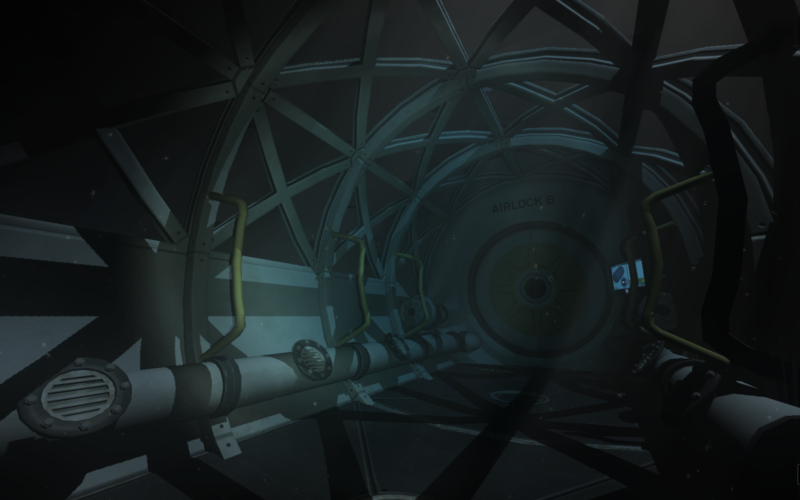
Narcosis isn’t all too impressive visually, but it was my first foray into VR horror, and despite its simplistic visuals, it showed me how effective the platform can be for the genre. As I walked through the halls of Narcosis’ underwater man-made environments, I felt far more susceptible to jump scares. Each and every movement of my head made me fear that I’d look upon something unpleasant. But Narcosis is more reserved than that, resisting the urge to throw jump scares into your face. Things happen before you almost casually, for example seeing an oversized crustacean awake and make its way through a ventilation shaft, or unmanned diving suits appearing where they weren’t previously. Playing the game in VR allowed me to examine things closely, with the fear that the developers may have considered player curiosity and would use that to spook me. In the two levels I played, they didn’t take advantage of that, but perhaps they will in some other part of the game.
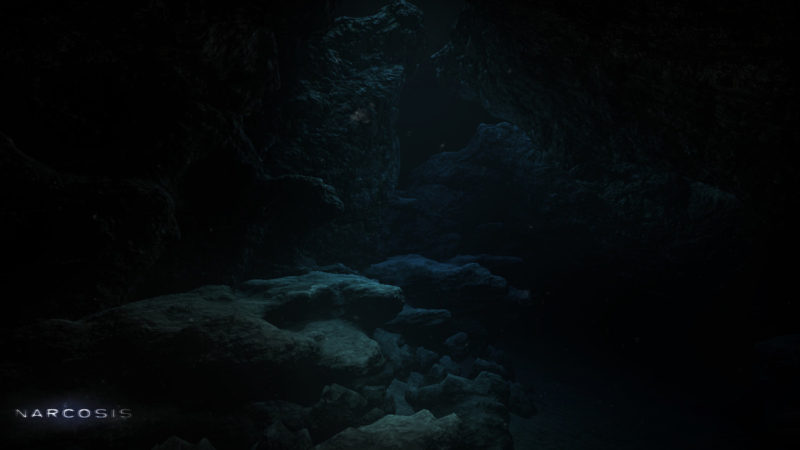
I don’t expect Narcosis to be a terrifying game based on scripted scares or unsettling imagery. What affected me most, and perhaps will for others, was the feeling of walking on the ocean floor while surrounded by the pitch black abyss; the fear almost felt primal. After some time with the game, I felt confident that I could predict how it would try to scare me. The abyss never factors into that, though. No immediate scares appeared from it, but just being surrounded by its darkness unsettled me. As I looked into it, down where I could easily fall and disappear, I felt stricken with unease. Sometimes I like to force myself to face a dangerous element in a horror game to just experience it, to see how it ticks, but I didn’t want to this time. I made sure to avoid being swallowed by the abyss at all costs, meaning I finished the demo with honors and the kudos of the developer. Narcosis struck a chord with me, and I guess you could say I was scared by it.
Narcosis probably won’t shake you to the core with its scares, but if you can experience the deep sea horror it aims to deliver when released with a VR headset, I’d say give it a go. It just might reveal to you a new phobia for the ocean.

 cjmelendez_
cjmelendez_